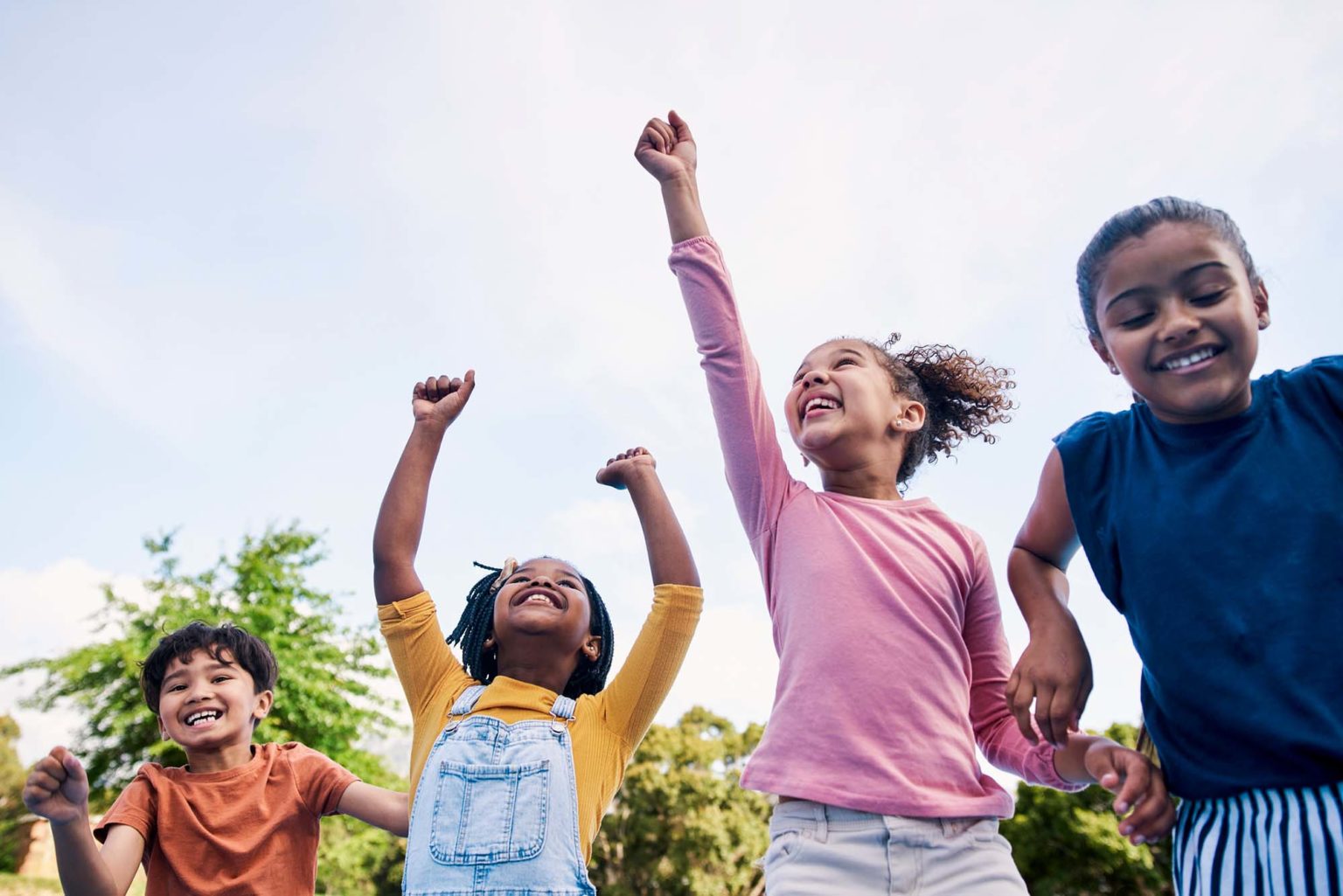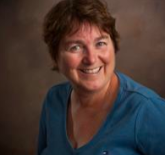Ripple Effect: Afterschool Programming and Communities

Previously published in Volume 81, Issue 4
Afterschool programming has the potential to be a critical component of students’ overall wellbeing. It can also have a significant impact on the health of entire families and communities. What's more, statistics show us there’s a growing need for such programs, as fewer and fewer children are in the care of a parent or guardian during the afterschool hours.
The province of Nova Scotia is working to meet this growing need with SchoolsPlus, a collaborative interagency approach to supporting the whole child and families.
Facilitators and community outreach workers from SchoolsPlus are the liaisons between schools and the communities. Their job is to support, co-ordinate, and grow services for students and families in support of health and wellbeing. They help families navigate the system, enabling them to get the services they require.
The program brings together an array of physical and mental health, social and justice services, as well as homework support, and then works to offer them in schools, where students and families can access them easily.
Structured and unstructured play
In the Cape Breton–Victoria School Board, for example, SchoolsPlus has three hubs that service 26 schools. One of the goals of this initiative is to increase recreational programming through the entire year.
As apart of this plan, the facilitators and outreach workers created a balance between structured and unstructured activities for students. Most school days are highly organized, so kids tend to need some time to unwind and follow their own preferences once the final bell rings. Time spent in unstructured activities will, in turn, help them to focus on the structured activities also offered.
One of the activities students proposed was an afterschool Lego program. The students were given boxes of Lego to create something, either from a design provided or from their own creativity.
The program also included a basketball camp. Oder students in middle school and high school learned the rules of the game and worked to improve the skills required to play. Elementary students focused on basic skills drills, to help prepare them for playing organized sports, in general.
The specific programs are as wide-ranging and varied as the schools and communities they serve. In most areas, students take part in organized activities and games that promote social skills as well as physical ability. In one area, a family of schools is even offering family yoga classes in the evenings.
Nutrition nuts and bolts
SchoolsPlus also helped develop a nutrition education program called Free2BFamilies. Youth in the program gained valuable knowledge about healthy food choices, nutrition, kitchen safety and food budgeting. Students also increased their physical activity, gained self-esteem and, most importantly, had fun. To help families develop healthy habits together, students prepared healthy meals while caregivers had an opportunity to enjoy information sessions covering a range of nutrition topics.
Grassroots support = success
The program is tailored to the needs and wants of students and families in each community, and that’s made all the difference in terms of engagement and success. Studies indicate that where family and community involvement are included as part of a multicomponent approach, there is an even greater increase in the overall physical activity levels of children (vanSluijs, MacMinn, & Griffin, 2007).
And that’s important since for some students, an afterschool program is their main — or only — opportunity to engage in healthy activities. The majority of students in the SchoolsPlus programs are not engaged in any other group or activities involving physical activity outside the school. Many students report they enjoy attending the group and state if they were home they would likely be playing video games or other sedentary activites. Additionally, some of the students that are in the program struggle with behavioral challenges, often having difficulty engaging in positive social interaction with their peers. Afterschool programs tend to be social in nature, and help those students develop key interpersonal skills, as well.
SchoolsPlus afterschool programs are helping to reduce risky behaviours in youth and improve their attitudes around healthy living. These programs are about helping students learn to make the healthy choice the easy choice.
References
Van Sliijs, E.M.F., McMinn, A. M., & Griffin, S.J. (2007). Effectiveness of interventions to promote physical activity in children and adolescents: Systematic review of controlled trials. British Medical Journal, 335 (7622), 703-707.








